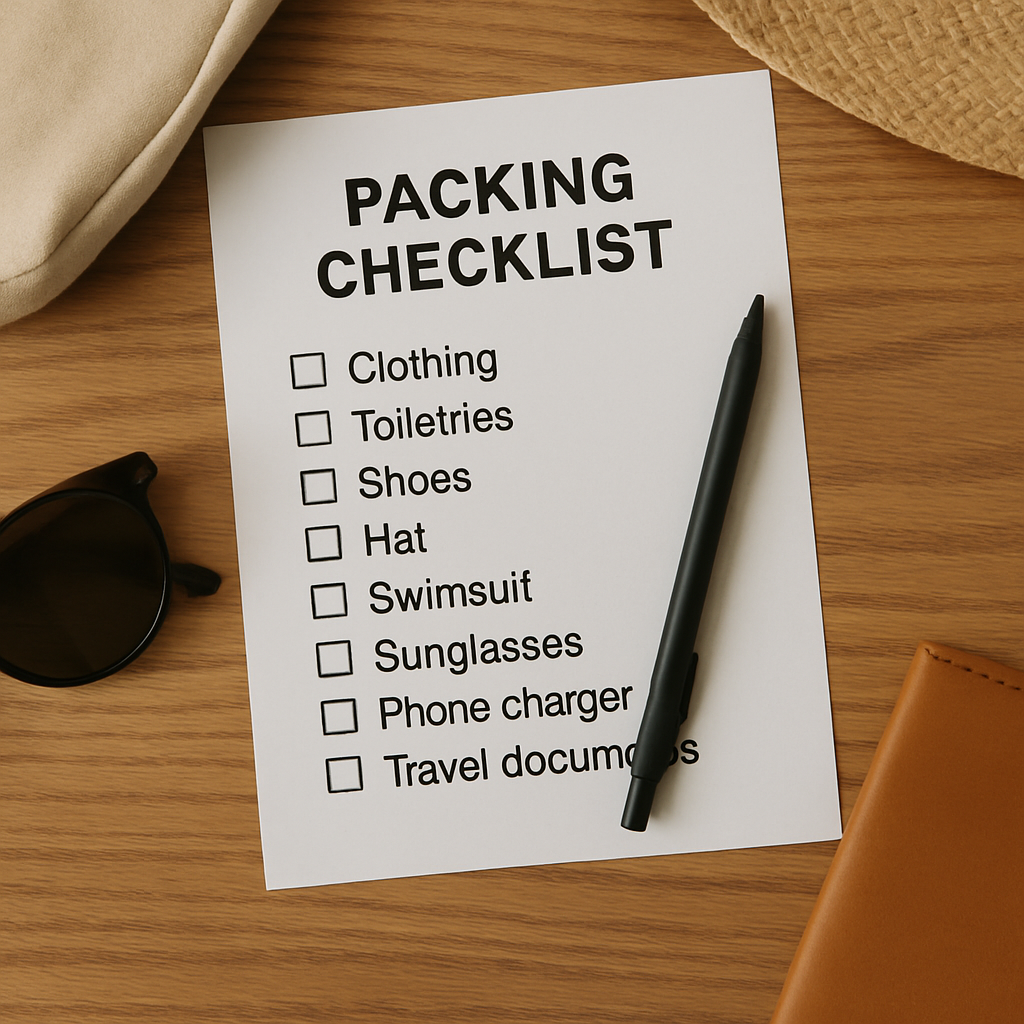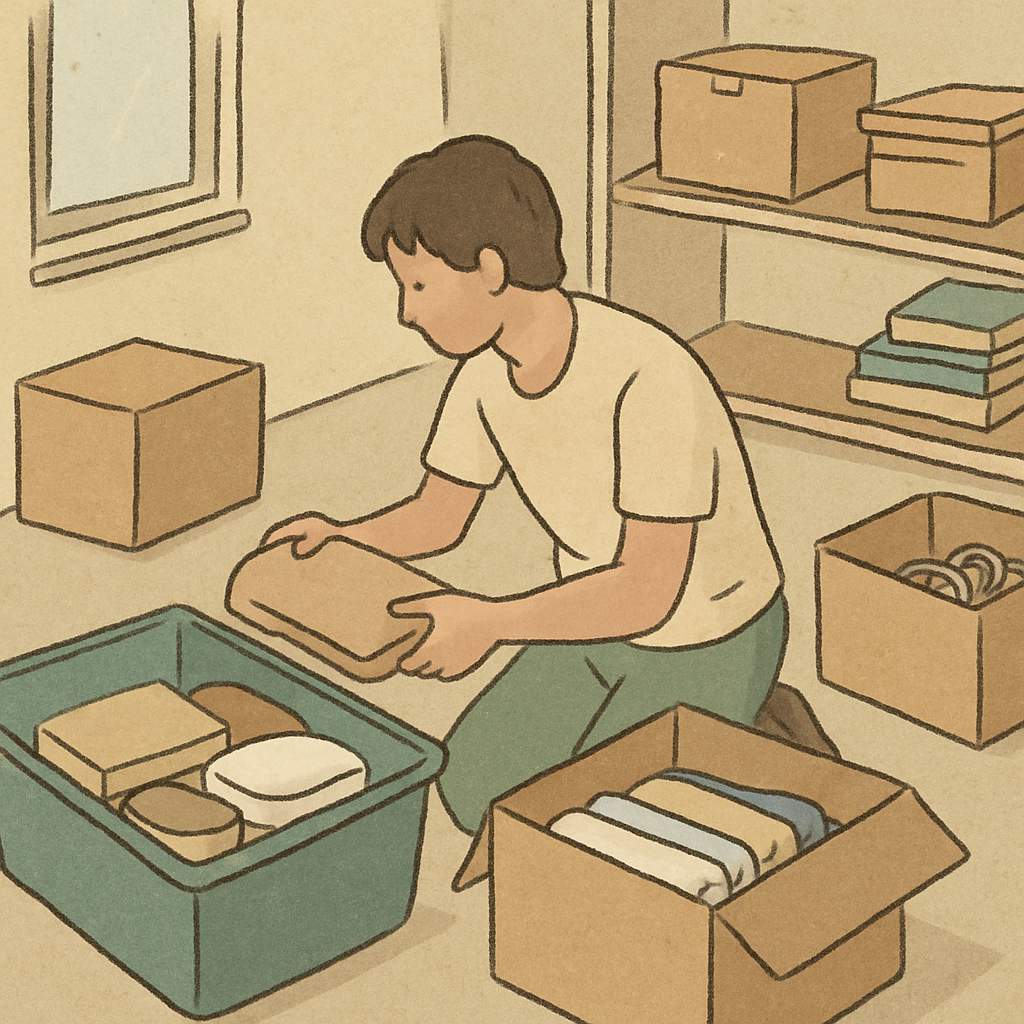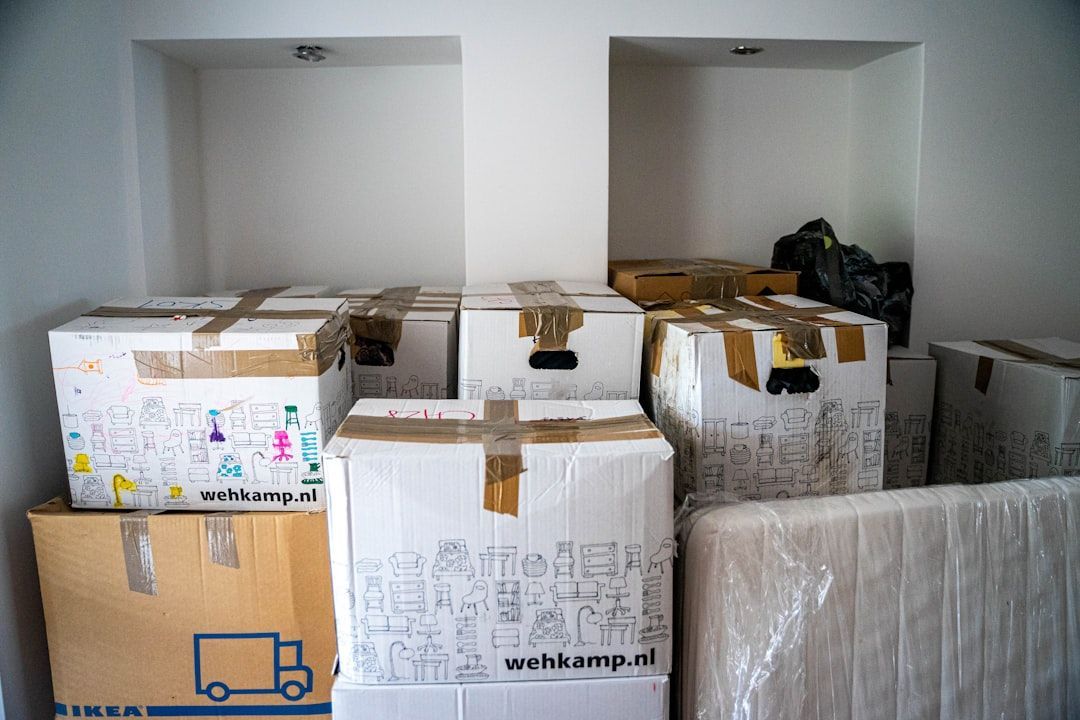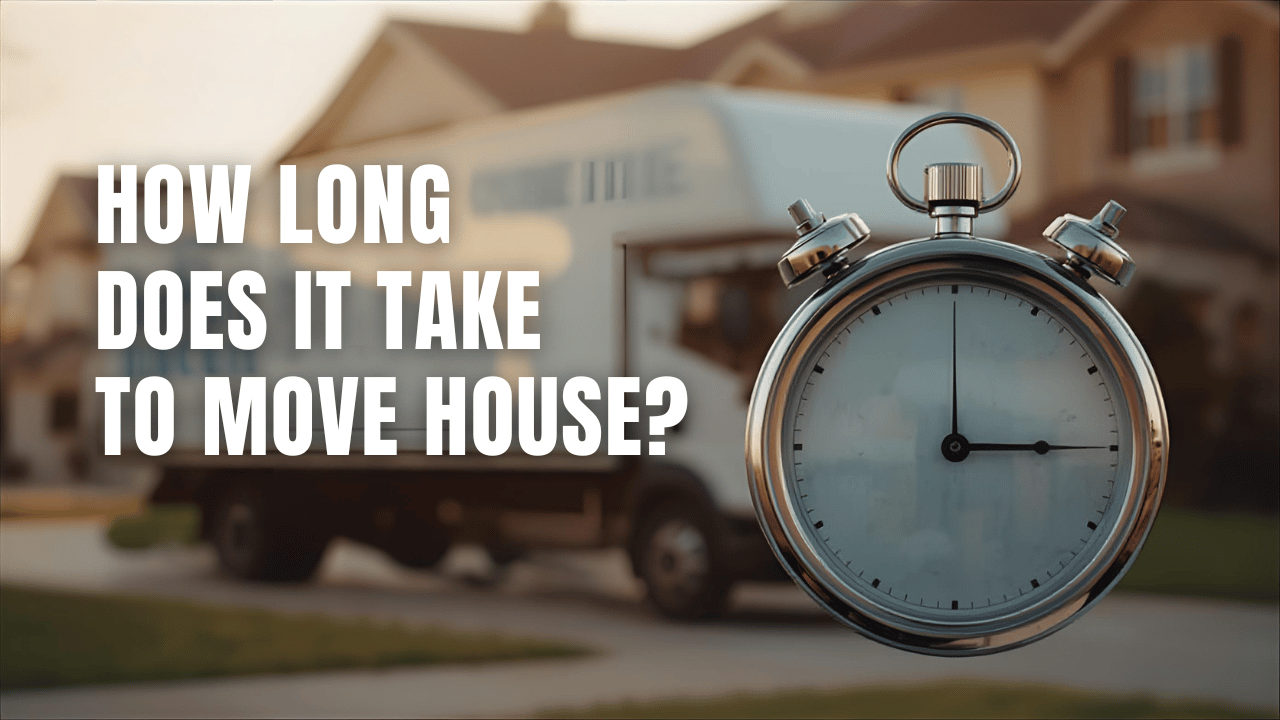Effortless Guide: How to Pack for Moving House
how to pack for moving house

A packing checklist is more than just a to-do list; it's your blueprint for a successful move. It helps you track your progress, prioritize tasks, and ensure that nothing important falls through the cracks. Here's a more detailed look at the essential components of a packing checklist:
Sort and Declutter
Begin by assessing each room in your home and identifying items that you no longer need or use. This is your opportunity to lighten your load and start fresh in your new space.
- Take Inventory: Go through your belongings and make a list of items you want to keep, donate, or discard. Be honest with yourself about what you truly need.
- Room by Room: Tackle one room at a time to avoid feeling overwhelmed. This focused approach allows you to make thoughtful decisions without rushing.
- Emotional Attachment: Consider the emotional value of items. If something has sentimental value but no practical use, take a photo to preserve the memory before letting it go.
Gather Supplies
Having the right packing supplies on hand is crucial for protecting your belongings and ensuring they arrive safely at your new home. Here's what to consider:
- Quality over Quantity: Invest in sturdy boxes and packing materials. While it might be tempting to cut costs, skimping on supplies can lead to damaged items.
- Specialty Boxes: Use wardrobe boxes for clothing and dish packs for fragile kitchenware to make packing more efficient.
- Eco-Friendly Options: Consider using biodegradable packing peanuts and recycled boxes to minimize your environmental impact.
Create an Inventory
An inventory serves as a detailed record of your possessions, which is invaluable during the moving process. Here's how to create one:
- Categorize: Sort items into categories such as kitchenware, electronics, and clothing. This makes it easier to locate items when unpacking.
- Photographic Evidence: Take photos of valuable items for insurance purposes, should anything be lost or damaged during the move.
- Digital Tools: Use apps or spreadsheets to keep your inventory organized and easily accessible.
Label Everything
Effective labeling is crucial for staying organized during a move. It not only simplifies the unpacking process but also ensures that boxes end up in the correct rooms.
- Color Coding: Use different colored markers or stickers for each room to quickly identify where boxes belong.
- Detailed Descriptions: Include a brief description of the contents on each label to avoid opening multiple boxes to find one item.
- Fragile Items: Clearly mark any boxes containing breakables to alert movers to handle them with care.
Pack an Essentials Box
An essentials box is your lifeline during the first few days in your new home, containing everything you need for daily living.
- Immediate Needs: Include toiletries, a change of clothes, basic kitchen supplies, and any medications or important documents.
- Personal Comforts: Add items that provide comfort, like favorite snacks, a book, or a small lamp, to make the first night in your new home more pleasant.
- Family and Pets: If you have children or pets, pack their essentials too, such as toys, food, and bedding, to help them settle in.
Gathering the Right Packing Supplies
Before you dive into the actual packing process, it's essential to ensure that you have all the necessary supplies at your disposal. These supplies are the tools that will help you efficiently and safely transport your belongings from one home to another.
Moving Boxes
Selecting the right boxes is crucial for protecting your possessions. Here's a deeper look at choosing and using moving boxes effectively:
- Variety of Sizes: Stock up on a range of box sizes to accommodate different items. Smaller boxes are ideal for heavy items like books, while larger boxes work for lighter, bulky items such as linens.
- Box Strength: Opt for double-walled boxes for fragile or heavy items. They provide extra support and reduce the risk of damage.
- Specialty Boxes: Consider wardrobe boxes for clothing and dish packs for fragile kitchen items to make packing more efficient.
Packing Tape
Securely sealing your boxes is essential to prevent them from opening during transit. Here's what to consider when purchasing packing tape:
- Quality Matters: Invest in high-quality packing tape that adheres well and is resistant to tearing. Cheap tape can lead to boxes coming apart during the move.
- Tape Dispenser: Use a tape dispenser to streamline the sealing process and ensure even application.
- Backup Supplies: Have extra rolls of tape on hand to avoid running out mid-pack.
Bubble Wrap and Packing Paper
Protecting fragile items requires the right cushioning materials. Here's how to use them effectively:
- Bubble Wrap: Use bubble wrap for items like glassware, electronics, and delicate decorations. Wrap each item individually and secure it with tape.
- Packing Paper: Use packing paper to fill empty spaces in boxes, preventing items from shifting. Crumple the paper for added cushioning.
- Alternatives: Consider using towels or clothing to wrap fragile items as an eco-friendly alternative.
Markers, Scissors, and Box Cutters
These tools are essential for labeling boxes and opening them at your new home. Here's how to use them effectively:
- Permanent Markers: Use permanent markers for labeling to ensure the text remains legible during the move.
- Scissors and Box Cutters: Keep these tools easily accessible for opening boxes and cutting packing tape during both packing and unpacking.
- Safety First: Use box cutters with retractable blades to prevent accidental injuries.
Sorting and Decluttering

Packing is an excellent opportunity to reassess your belongings and decide what truly matters. A thorough decluttering process can significantly reduce the number of items you need to pack and move.
Be Ruthless
When it comes to decluttering, adopting a ruthless mindset can be incredibly beneficial. Here's how to approach it:
- Use It or Lose It: If you haven't used an item in the past year, it's time to let it go. Exceptions can be made for seasonal items, but otherwise, be honest about their utility.
- Emotional Detachment: Focus on the functionality and purpose of each item rather than sentimental attachments.
- One-In, One-Out Rule: For every item you decide to keep, consider letting go of another to maintain balance.
Donate or Sell
Giving your unwanted items a second life can be rewarding and environmentally friendly. Here's how to do it:
- Charities and Thrift Stores: Donate gently used items to local charities or thrift stores, where they can benefit those in need.
- Online Marketplaces: Sell valuable items on platforms like eBay, Craigslist, or Facebook Marketplace to earn extra cash for your move.
- Community Giveaways: Host a garage sale or participate in community swap events to pass on items you no longer need.
Recycle or Trash
Proper disposal of items that cannot be reused is important for minimizing waste. Here's what to consider:
- Recycling Centers: Take advantage of local recycling programs for materials like electronics, paper, and metals.
- Hazardous Waste: Dispose of hazardous materials, such as paint or batteries, through designated programs to ensure they are handled safely.
- Landfill as a Last Resort: Only items that cannot be recycled or donated should end up in the trash to minimize environmental impact.
How to Pack Each Room
Packing each room in your house requires a tailored approach to address the unique challenges presented by different types of items. Here's a detailed guide on how to handle the packing process for each room:
Packing the Kitchen
The kitchen is often one of the most challenging rooms to pack due to its variety of items. Here's how to tackle it efficiently:
- Start with Non-Essentials: Begin by packing items you rarely use, such as special occasion dishes and small appliances.
- Heavy Items in Small Boxes: Canned goods, utensils, and pantry items should be packed in smaller boxes to prevent them from becoming too heavy.
- Wrap Fragile Items Carefully: Use bubble wrap for dishes, glassware, and ceramics. Fill gaps in the box with packing paper or towels to prevent movement.
- Label Clearly: Mark boxes as "Fragile" when necessary and indicate the room they belong to for easy unpacking.
Packing the Bedroom
Bedrooms contain a mix of clothing, bedding, and personal items that require thoughtful packing. Here's how to manage it:
- Clothing: Use wardrobe boxes for hanging clothes to keep them wrinkle-free. Fold other clothes and pack them in medium-sized boxes or suitcases.
- Bedding and Linens: Pack bulky bedding and linens in large boxes or vacuum-sealed bags to save space.
- Jewelry and Valuables: Keep these items with you during the move for safety. Use a small box or container for easy transport.
Packing the Living Room
The living room often contains electronics, books, and decorative items that need careful packing. Here's how to handle it:
- Electronics: Use original packaging if possible. If not, wrap items in bubble wrap and pack them securely in sturdy boxes.
- Books and Media: Pack books in small boxes to prevent them from becoming too heavy. Stack them vertically to avoid damage to spines.
- Decor and Art: Wrap decorative items and artwork in bubble wrap. Use picture boxes for larger pieces to protect them during transport.
Packing the Bathroom
The bathroom contains various liquids and personal items that require careful packing. Here's how to approach it:
- Liquids: Ensure all bottles are sealed tightly. Place them in plastic bags or wrap them in plastic wrap to prevent leaks.
- Toiletries: Pack essentials in your essentials box for easy access upon arrival.
- Medication: Keep medications easily accessible during the move for safety and convenience.
Labeling and Organizing Boxes
A clear labeling system is crucial for maintaining order during a move. Proper labeling helps ensure that boxes end up in the right rooms and that fragile items are handled with care.
Room and Contents
Writing the room and a brief list of contents on each box simplifies the unpacking process. Here's how to do it effectively:
- Clear and Concise: Use a permanent marker to write the room name and a brief description of the contents on each box.
- Label Placement: Place labels on the sides of boxes rather than the top, making them visible even when stacked.
- Consistent Format: Stick to a consistent labeling format to avoid confusion when unpacking.
Priority
Marking boxes that should be unpacked first helps prioritize the unpacking process. Here's how to implement this system:
- Essential Items: Highlight boxes containing essentials with a special symbol or color to indicate they should be unpacked first.
- Room by Room: Prioritize boxes for frequently used rooms like the kitchen and bathroom to facilitate settling in.
- Color Coding: Use different colors for high-priority boxes to make them easily distinguishable.
Fragile Items
Clearly labeling boxes containing fragile items ensures they are handled with care. Here's how to protect your breakables:
- Bold Labels: Use bold, visible labels that read "Fragile" on all sides of the box.
- Special Handling Instructions: Include any specific handling instructions, such as "This Side Up" or "Handle with Care."
- Separate Storage: Consider storing fragile boxes separately to minimize the risk of damage during the move.
Loading the Moving Truck
Loading the moving truck efficiently is crucial for maximizing space and protecting your belongings during transit. Here's how to do it effectively:
Heavy Items First
Start by loading heavy items like furniture and appliances at the bottom of the truck. Here's why this matters:
- Stable Foundation: Placing heavy items first creates a stable foundation for lighter boxes to rest on.
- Balance: Distribute weight evenly across the truck to prevent shifting during transport.
- Space Optimization: Use the space inside furniture, like dressers or cabinets, to store smaller items.
Distribute Weight Evenly
Balancing the weight of your load is essential for safe transport. Here's how to achieve it:
- Center of Gravity: Keep the heaviest items centered to maintain the truck's balance.
- Side-to-Side Balance: Distribute weight evenly from side to side to prevent the truck from leaning.
- Layering: Layer items strategically, placing lighter items on top of heavier ones to avoid crushing.
Fragile Items on Top
Protecting fragile items during the move requires careful placement. Here's how to do it:
- Top Layer: Place boxes with fragile items on top of heavier boxes to avoid damage.
- Cushioning: Use blankets or towels as additional cushioning between layers to prevent shifting.
- Straps and Ties: Secure items with straps or ties to prevent movement during transport.
Secure Everything
Securing your belongings ensures they remain in place during the journey. Here's how to achieve it:
- Rope and Straps: Use ropes or straps to secure large items and prevent them from sliding.
- Padding: Use moving blankets or pads to protect furniture and appliances from scratches or dents.
- Final Check: Before closing the truck, do a final check to ensure everything is tightly packed and secured.
Unpacking at Your New Home

by Michal Balog (https://unsplash.com/@mikbutcher)
Arriving at your new home marks the beginning of a fresh chapter. Here's a step-by-step approach to unpacking efficiently:
Start with Essentials
Unpack your essentials box first to quickly settle into your new space. Here's why it matters:
- Immediate Comfort: Having access to essential items like toiletries, kitchen supplies, and a change of clothes makes the first night more comfortable.
- Stress Reduction: Knowing where your essentials are reduces stress and helps you focus on organizing other areas.
- Family Needs: Ensure that essential items for children and pets are unpacked first to help them adjust to the new environment.
Room by Room
Tackling one room at a time keeps the unpacking process organized and manageable. Here's how to approach it:
- Prioritize Rooms: Begin with high-priority rooms like the kitchen and bathroom to establish functionality.
- Complete One Room Before Moving On: Focus on fully unpacking one room before starting another to avoid chaos.
- Personal Spaces: Save personal spaces, like bedrooms, for last to create a relaxing retreat after a long day.
Dispose of Packing Materials
Proper disposal of packing materials helps you settle into your new home without clutter. Here's how to handle it:
- Recycle Boxes: Break down and recycle moving boxes once they're empty to free up space.
- Reuse Materials: Save packing materials like bubble wrap for future use or donate them to others who are moving.
- Eco-Friendly Disposal: Take advantage of local recycling programs to responsibly dispose of materials you can't reuse.
Final Tips for a Smooth Move
The moving process can be complex, but with the right strategies, you can navigate it with ease. Here are some final tips to ensure a smooth move:
Plan Ahead
Starting the packing process well in advance is key to avoiding last-minute stress. Here's how to plan effectively:
- Timeline: Create a timeline that outlines key milestones leading up to the move.
- Daily Goals: Set daily packing goals to break the process into manageable tasks.
- Flexibility: Allow for flexibility in your schedule to accommodate unexpected delays.
Stay Organized
Maintaining organization throughout the move helps keep chaos at bay. Here's how to stay on track:
- Packing Checklist: Keep your packing checklist and inventory handy to monitor progress and ensure nothing is overlooked.
- Label System: Stick to your labeling system to avoid confusion when unpacking.
- Document Storage: Keep important documents, such as leases and moving contracts, in a designated folder for easy access.
Take Breaks
Moving is a physically and emotionally demanding process, so taking breaks is essential. Here's why it matters:
- Avoid Burnout: Regular breaks help prevent exhaustion and maintain your energy levels.
- Mental Clarity: Stepping away from the task can provide a fresh perspective and help you strategize more effectively.
- Well-Being: Prioritize self-care by staying hydrated, eating balanced meals, and getting adequate rest.
By following this comprehensive guide on how to pack for moving house, you'll ensure a smoother transition to your new home. With careful planning, organization, and the right mindset, you can turn the potentially stressful process of moving into a manageable and even enjoyable experience. Happy moving!
Share this on social media
Read the latest articles




